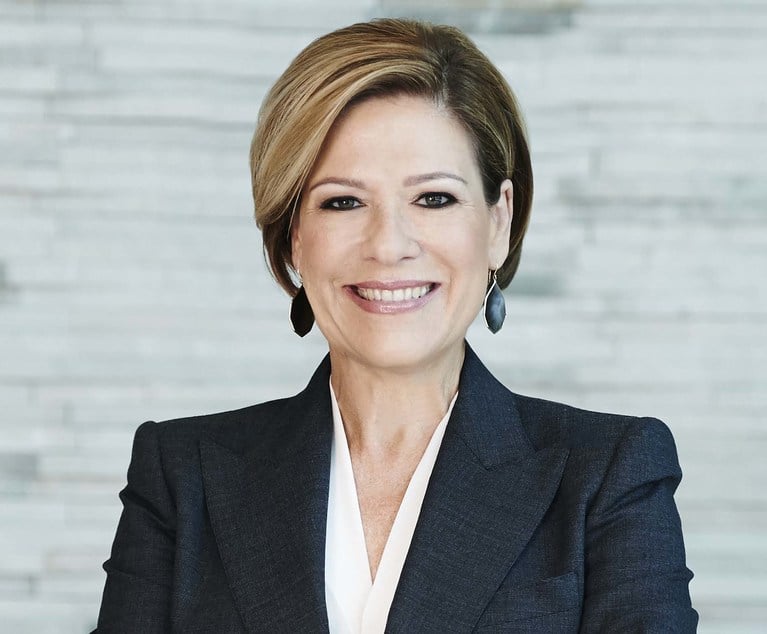NEW YORK CITY-New York City contains almost 9 million residents and only a little over three million units of housing. For decades, the supply of housing has not been able to meet the high demand, which explains the high rents and its affect on the cost of living. However, residential development should not be considered a zero sum game, nor is inclusionary housing the only solution to New York's perennial shortage.
Notwithstanding the rhetoric in an election year, New York needs every form of housing. Luxury residential developments produce a windfall of real estate tax revenue. In addition, wealthy residents spend money in the city, create employment opportunities and provide tremendous sums to philanthropic organizations, regardless of whether or not the owners also become New York residents and pay income taxes. Mandating the development of affordable housing will not necessarily create a significant amount of affordable residences, primarily because of the need to obtain financing for these types of projects.
The New York City government has the ability of having tens of thousands of units of affordable housing built by New York State enacting a “new” Mitchell-Lama law. During the 1970s more than 165,000 units of affordable housing were built in one of the most successful multifamily housing programs in American history and it can do so again. The program works as follows: the City creates an urban renewal area and condemns the land within it, thereby giving it the ability to sell it to developers, who would ; build the housing with low interest financing and real estate tax abatements; were allowed to receive a six percent return; and, after a certain number of years could privatize the housing. There are many areas within the five boroughs which are underutilized with limited amounts of housing and can benefit from the enacted of a new Mitchell-Lama law.
However, based on our experience with Mitchell-Lama housing, I would suggest that the program be modified to require the tenants pay rent equal to the greater of the fair market rent for the apartment or 35% of the household income with the landlord/developer being able to receive an eight percent cumulative return. Also, any revenue greater than the eight percent should be put into a Reserve Fund to be utilized only for capital improvements to the property. Moreover, if the property is privatized, then 50% of the net profit should be paid into a fund to be used to rehabilitate or develop additional affordable housing. At the present time, Mitchell-Lama tenants who earn more than a certain amount pay a surcharge, but the rent is still extremely low, whereas a rent tied to income will cause those tenants to either pay a market rent or move and allow the housing to be rented to people requiring affordable housing.
Moreover, the housing being managed by the New York City Housing Authority should also be privatized to landlords required to make the capital improvements that are necessary to give the tenants a better quality of life. The privatization could be subject to the conditions contained above, which would provide the low and moderate income tenants with a much better quality of housing at no cost to the City and a reasonable profit to the landlords.
Stuart Saft is a partner at Holland & Knight. The views expressed in this column are the author's own.
© Touchpoint Markets, All Rights Reserved. Request academic re-use from www.copyright.com. All other uses, submit a request to [email protected]. For more inforrmation visit Asset & Logo Licensing.






